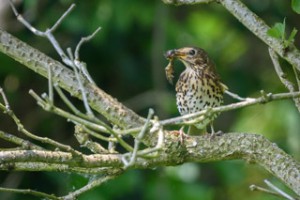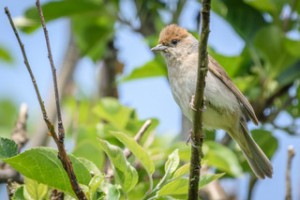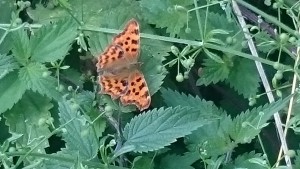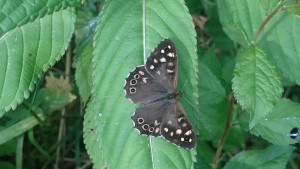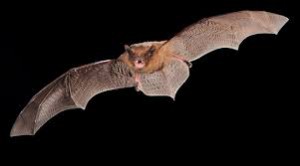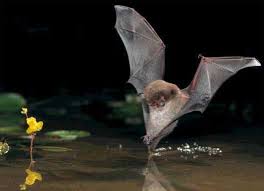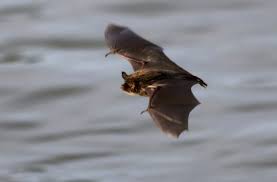Date: 13th Aug 2016 by Amanda and Terry
Weather : a bright and cloudy summers morning. Temperature 15°C – 17°C 0700 hrs to 1000 hrs
Blue Tit 4
Dunnock 1
Wood Pigeon 21
Wren 7
Blackbird 13
Magpie 25
Greenfinch 3
Reed Bunting 3
Chaffinch 1
Goldfinch 9
Moorhen 2
House Sparrow 5
Carrion Crow 5
Song Thrush 1
Mute Swan 2
Chiffchaff 3
Swift 10
Whitethroat 10
Linnet 3
Swallow 2
Blackcap 3
Collared Dove 1
Mallard 6
House Martin 1
Sparrowhawk 1
Grey Heron 2
Buzzard 1
Kingfisher 2
Bullfinch 1
Great Tit 1
Robin 1
31 species in all
The birding has definitely slowed this month with less birds seen of most species. Nevertheless, we did manage one new species with the very welcome sighting of a pair of Kingfishers along the water filled section of the New Cut Canal opposite the kissing gate at the start of the board walk in transect 1.
Significant absentees this month were the Reed Warblers and the Willow Tits. The highlights of the day was undoubtedly the Kingfishers and a very obliging Buzzard in the hedgerow of transect 4.
The most successful area of the survey this month was transect 7.
Song Thrush and Blackcap (female) – courtesy of David Mercer
Mammals
Only 1 Grey Squirrel seen during this month’s survey.
Later in the day, a crepuscular meander along the New Cut Canal and Paddington Meadows with Harold “Batman” Green resulted in 4 species of bat being located. Namely Common Pipistrelle Bat; Soprano Pipistrelle Bat; Whiskered Bat and Daubenton’s Bat.
A big thanks to Harold Green and friends and Cheryl Knott of Lancashire Wildlife Trust for organising this enjoyable and informative insight into the fascinating world of bats.

Butterflies
This is the best time of year for butterflies on the Meadows with the first Peacocks being seen plus Comma’s, Red Admiral’s and Speckled Wood.
Comma
Speckled Wood

